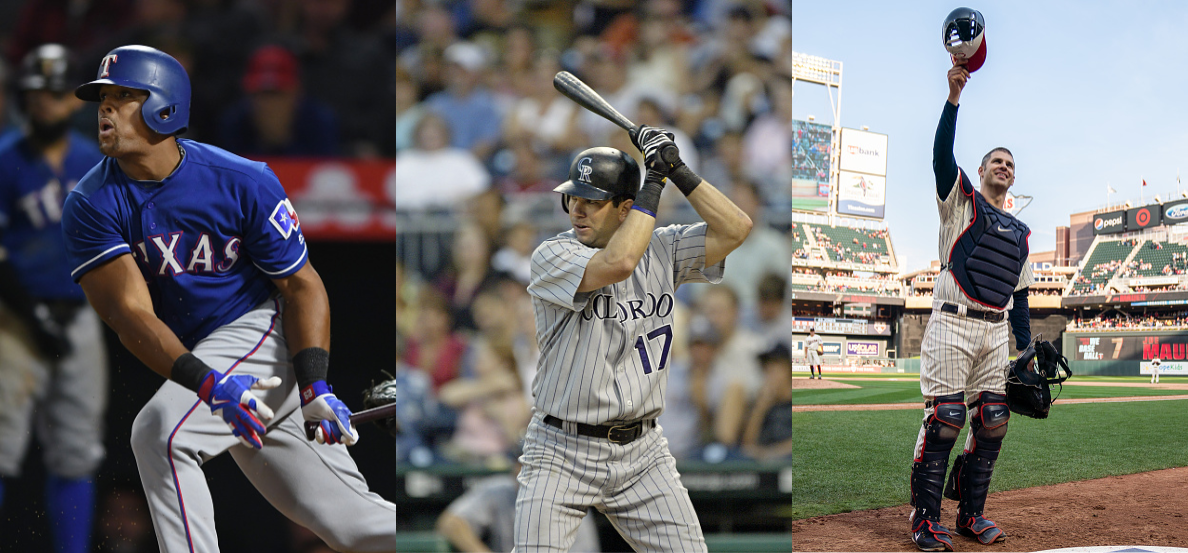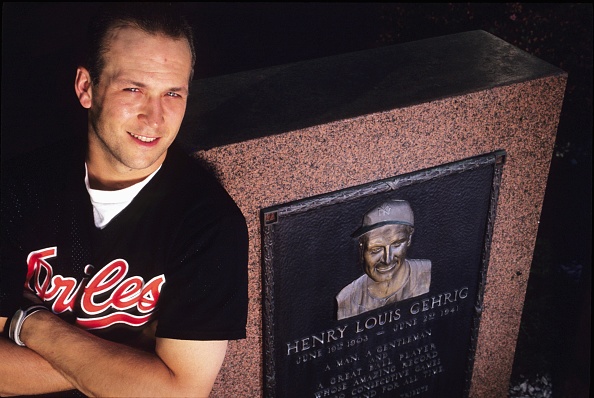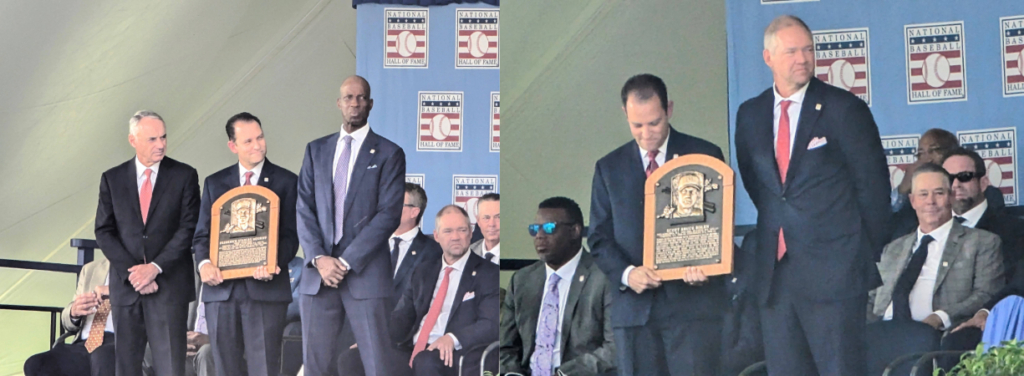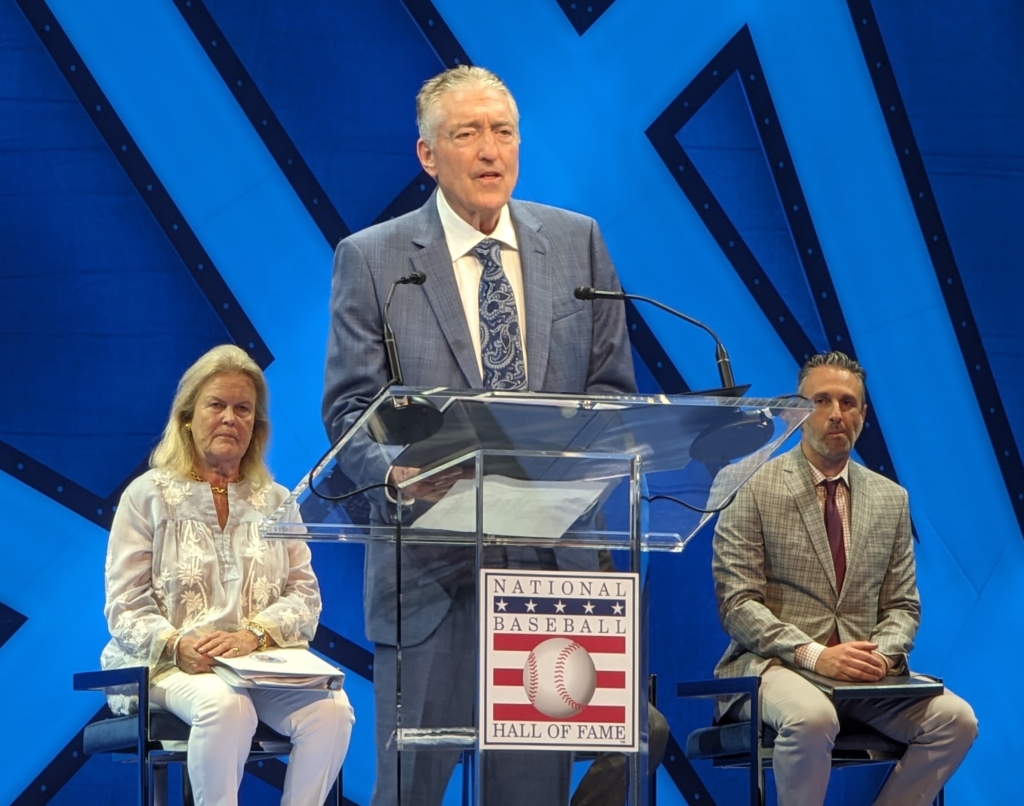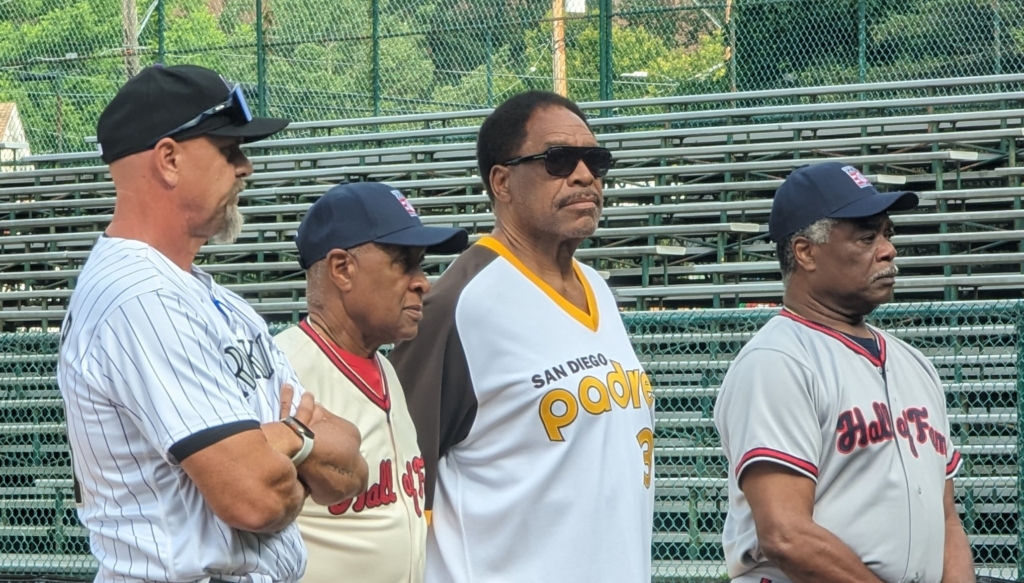My 2024 Baseball Hall of Fame “Ballot” — Beltre, Helton, Mauer, and Five Others
I do not have a Hall of Fame vote yet and will not until the middle of next decade at the absolute soonest. But I still do the exercise every year. Given how much I love baseball and its history, voting for the Hall of Fame will be a high honor, one that I will take seriously. Therefore, I am publishing the players I would have selected and my reasons for doing so. I will continue this practice every season.
My “Ballot”
After careful consideration, my “ballot” has eight names.
Carlos Beltran
Adrian Beltre
Todd Helton
Joe Mauer
Francisco Rodriguez
Jimmy Rollins
Gary Sheffield
Billy Wagner
My Hall of Fame Standards
1) Certain career milestones are automatic.
Hitters: 500 home runs, 3000 hits, or .300/.400/.500
Starting Pitchers: 300 wins, 3000 K, or 50 shutouts
2) If a hitter did not reach these milestones but came close, then I put him in if he was also an elite defender for several years.
3) Catcher, shortstop, second base, and center field are “defense first” positions, so defensive prowess is weighed more heavily than it is for other positions.
4) For relievers, if his appearance was all but a guaranteed “game over” for many years, he’s in.
5) I also look at his overall impact on baseball. For example, if a pitcher or hitter terrified me as an opposing fan for a sustained period of time (several years), he’s in.
6) I eliminated anyone who, after the steroid testing rules were collectively bargained with the MLBPA, failed a PED test.
7) If I still have more than 10, I remove anyone who either a) is such a sure bet that me not voting for him will clearly not keep him from reaching 75% or b) probably won’t make it but is going to come back next year because he’ll still be eligible and is assured of getting enough votes to stay on the ballot.
Building the List
Alex Rodriguez had 696 home runs and 3,115 hits. He also had 2,086 RBI, one of five (Henry Aaron, Albert Pujols, Babe Ruth, Cap Anson) to enter the 2,000 RBI Club. Manny Ramirez had 555 home runs and was also in the .300/.400/.500 Club. Gary Sheffield hit 509 home runs. Todd Helton was in the .300/.400/.500 Club. Adrian Beltre had 3,166 hits. This completes Step One.
Carlos Beltran was 275 hits shy of 3,000 and 65 home runs shy of 500. His career slash line was .279/.350/.486, so he did not make any of the automatic milestones. This is offset by his 300 stolen bases, making him one of five players to have 2500+ hits, 400+ home runs, and 300+ stolen bases. The others are Willie Mays, Barry Bonds, Rodriguez, and Andre Dawson, so this is an exclusive group. Furthermore, Beltran was an elite defender, ranking seventh all time in Total Zone Runs (Rtot) by a center fielder with 104. His role in the sign stealing scandal does not change that, nor does it disqualify him from my “ballot.” People have stolen signs and relayed the info since the beginning. The Astros simply got caught. And there is no way at all that they were the only team doing it at the time.
The More Complicated Ones
Jimmy Rollins played a defense-first position — shortstop — winning four Gold Gloves over the course of his career. At the plate, he was among the best-hitting shortstops of the past 25 years. His career spanned 2000 to 2016. During that time period, he was second to Derek Jeter among shortstops in runs scored (1437 to 1421) and fourth overall behind Albert Pujols, Alex Rodriguez, and Jeter. In hits, Rollins was second among shortstops and fifth overall. Doubles? Sixth overall, first among shortstops. His 115 triples? Second among shortstops (Jose Reyes, 121) and third overall (Carl Crawford had 123). In stolen bases over that time period, Rollins came in third, with 470. Only Reyes (488) and Crawford (470) had more.
Andruw Jones also played a position that is still defense-first, although not as much as catcher or middle infield. In Rtot, he had the most ever by a center fielder (230) and fourth-most all-time behind third baseman Brooks Robinson (293) and shortstops Ozzie Smith (239) and Mark Belanger (238). Jones is also in an elite club of only five players, that being 200 or more Rtot, with Roberto Clemente (204 in right field) as the fifth member. His 12 seasons with the Atlanta Braves were impressive, slashing .263 (1683-for-6408)/.342/.497 while averaging 28 doubles, 31 home runs, and 93 RBI per season. For his entire career (not just Atlanta), he hit 434 home runs.
The Other Shoe Drops
But he played five seasons after leaving Atlanta and did not even reach 2000 hits in his career. His slash line fell to .254/.337/.486. In two of those seasons, he batted below .200. His defense also suffered. With the Los Angeles Dodgers in 2008 and White Sox in 2010, his Rtot in center field was negative in both seasons. His totals? With the Dodgers, -8; with the White Sox, -4. His center field play had deteriorated so much that the Texas Rangers (2009) and New York Yankees (2011–12) never played him in center field during a game, not even for so much as an inning.
I have advocated for Jones before, but I stopped that when creating my 2023 “ballot.” Hall of Famers do not fall off a cliff like Jones did after turning 30. His last season in Atlanta was the year he turned 30, and he slashed .222 (127-for-572)/.311/.413 with 27 doubles, 26 home runs, and 83 runs scored. This was a guy who hit 51 homers two years prior and 41 the season before. In the five years following, he slashed .210 (250-for-1191)/.316/.424 with 53 doubles, 66 home runs, 172 RBI, 354 strikeouts, 174 walks, and 159 runs scored. His wOBA and wRAA during those seasons were .325 and 3.0. That was in five years combined. Sorry, but this is not a Hall-of-Fame resume, and it removes him from my “ballot.”
The Relievers
Billy Wagner should have been in a few years ago. His ERA was 2.31, making for an ERA-minus of 54, second to Rivera amongst relievers with 600 or more innings pitched. His strikeout percentage was 33.2%, his walk percentage was 8.3%, and the difference between the two was 24.9%. The opponent batting average was .184. Wagner’s strikeout percentage is higher than any pitcher currently in the Hall, starter or reliever, with Randy Johnson (28.6%) as the current leader. The strikeout-walk differential is also higher than anyone in the Hall, starter or reliever, with Pedro Martinez (21.0%) as the current leader. Furthermore, Wagner’s WHIP is 0.998, better than any reliever in the Hall and better than any pitcher other than Addie Joss (0.968).
Having said that, Wagner, above all, meets the fourth criterion. For the bulk of his career, when Wagner entered the game, it was over. When my team faced him, I often felt they’d be lucky to even put the ball in play. He was one of the most dominant relievers ever to play the game, and he certainly deserves to join the eight relievers who are already enshrined.
K-Rod
Francisco “K-Rod” Rodriguez has gained some momentum, but not much, which is a shame. His ERA-minus is 69, tied with Dennis Eckersley, who is third among Hall of Fame relievers behind Rivera (46) and Hoyt Wilhelm (68). Rodriguez came onto the scene in 2002, where he was lights out as a setup man for Troy Percival in the postseason as the Angels won the World Series. As a closer, K-Rod finished fourth on the career save list behind Rivera (652), Trevor Hoffman (601), and Lee Smith (478), also having a better save percentage (85%) than Smith (82%). In addition, he holds the single season record for saves (62).
Beyond that, he put up the high save total while spending all or part of six seasons as either a middle reliever or setup man. And as a setup man, he was among the best. Rodriguez, like Wagner, meets the fourth criterion. As a closer, I definitely felt the game was over if he came in the game and was facing my team. And as a setup man when he was with the Angels, I often felt better about my team’s chances to come back against Percival than I did against Rodriguez. That’s not a criticism of Percival, as he was also a dominant reliever, albeit not for a long enough time to be considered for the Hall. Rodriguez gets my “vote” and will until he makes it.
Historically Significant
Joe Mauer did not put up the counting stats, but that’s true of every catcher to ever play in the NL and/or AL. However, he was historically significant by winning batting titles, something a catcher has only done seven times. Mauer won three of the seven and is the only catcher to ever win a batting title in the AL. Of the remaining four, Hall of Famer Ernie Lombardi won two (1938 and 1942), while Bubbles Hargrave (1926) and Buster Posey (2012) each won one.
Also historically significant is another note about Adrian Beltre. He is second all-time in Total Zone Runs (Rtot) by a third baseman, with 168. Only Brooks Robinson has more.
The Fear Factor
There is also the Fear Factor. Gary Sheffield terrified me every time he faced a team I was rooting for during his entire career. The way he cocked and waved his bat while waiting for the pitch sent chills up spines. It was like he was saying, “I’m hitting this ball to the next county, and there is not a thing you can do about it.” He was the most feared hitter of that era other than Bonds. There were teammates who were legitimately nervous about being on third base during his at-bats due to how hard he hit the ball. And Sheffield often came through in big moments and against great pitchers.
Todd Helton also terrified me, as he did with every other team in the NL West. It didn’t matter where the game was played, Helton was a tough out. And it didn’t matter what point in the game he batted or which pitcher he faced.
Another thing about Helton that hasn’t been brought up yet — his defense. He ranks second all-time in Rtot by first basemen with 107. The only other first baseman with more than 100 is the leader, Keith Hernandez (120). It does not matter that we do not have enough play-by-play information to compute the stat prior to 1953. Helton was an elite defender, and that’s all there is to it. There is no “but he played in Denver” aspect to that part of his game.
And about Denver. Major League Baseball put a team in Colorado. It is not fair to disqualify any hitter who played there based solely on that fact. After all, we do not disqualify pitchers for playing in Dodger Stadium, either of the San Diego stadiums, the Astrodome, Oakland, or San Francisco.
Trimming the List
That makes ten. The sixth criterion — failing a PED test after the policies were codified by Major League Baseball and the Players Association — eliminates Alex Rodriguez and Manny Ramirez. The reason I established this policy is that the league, by its practices, showed that it didn’t care about PEDs until then. They looked the other way. What you permit, you promote. What is especially damning to the league is that five managers from this era are in the Hall, as are two general managers and the very commissioner who looked the other way. The managers and general managers benefited from players who used. To include them but not the players is unfair.
Looking Ahead
Adrian Beltre is a shoo-in to make the Hall of Fame and likely will earn more than 90% of the vote. We will find out the other players to make it, if any, on Tuesday, January 23. MLB Network will air the announcement live at 6 pm Eastern.
Main Photo:
The main photo is a composite of the following three images.
Left Photo
Center Photo
More General Baseball Articles
More Hall of Fame Articles
More MLB Articles
Right Photo
- Categories
-
General Baseball
Hall of Fame

